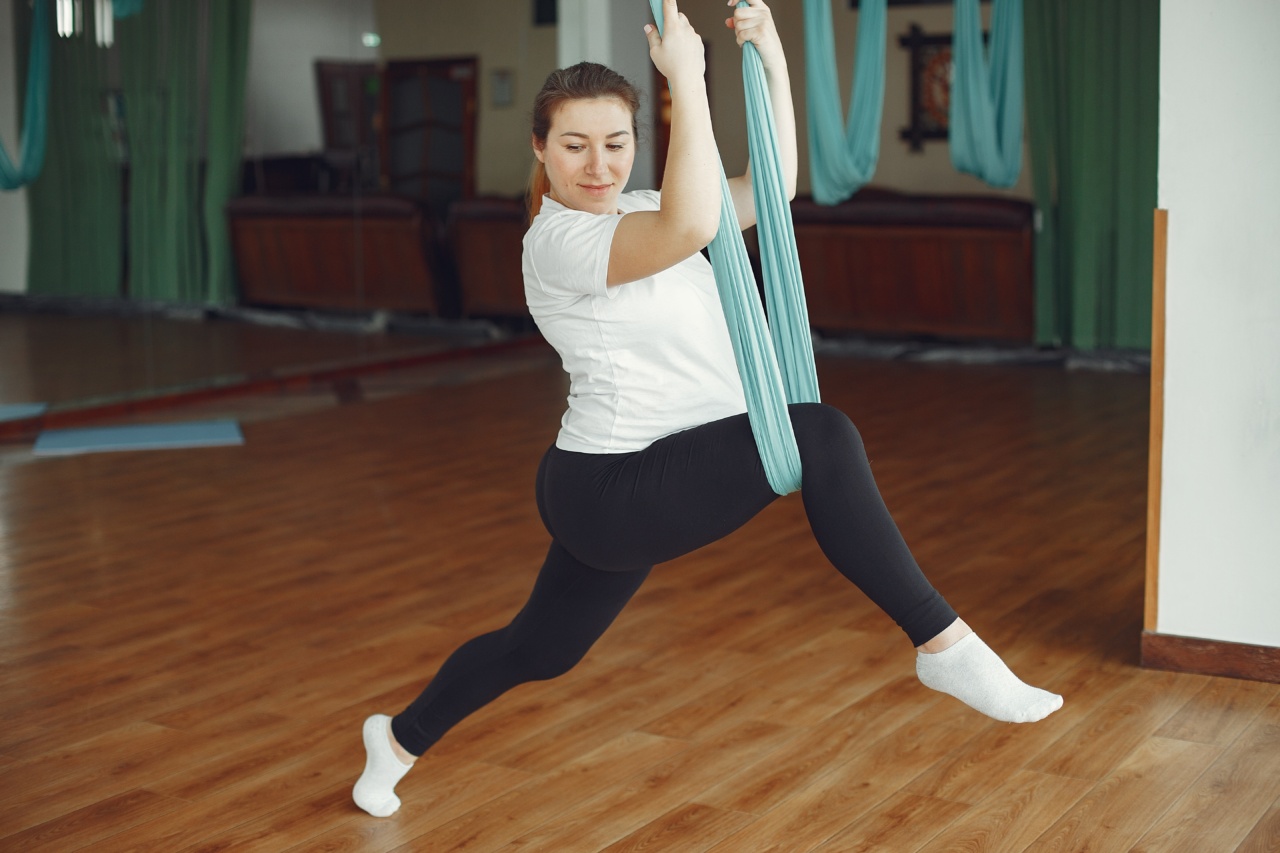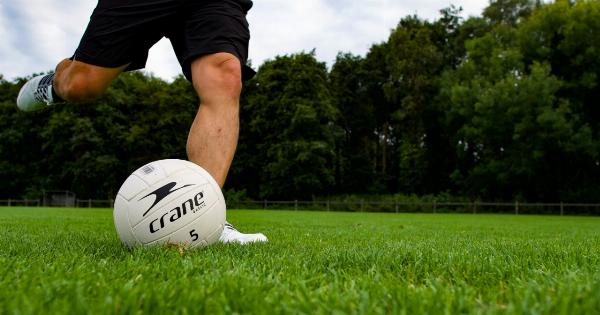Pregnancy can be a beautiful and transformative experience for women, but it can also come with some uncomfortable symptoms. One common complaint is leg cramps, which can be both painful and disruptive.
These involuntary muscle contractions can occur during the day or night, causing discomfort and leaving expectant mothers searching for relief.
Understanding Leg Cramps During Pregnancy
Leg cramps, also known as charley horses, are a common occurrence during pregnancy. They typically manifest as sharp, intense pain in the calf muscles but can also affect other areas of the leg, such as the thighs or feet.
These cramps may occur during the first trimester but are more common in the second and third trimesters.
Causes of Leg Cramps During Pregnancy
The exact cause of leg cramps during pregnancy is unknown, but there are several contributing factors:.
- Changes in circulation: Pregnancy hormones can affect blood flow, causing muscles to fatigue more easily and cramp.
- Weight gain: The additional weight that pregnant women carry puts extra strain on the leg muscles, increasing the likelihood of cramps.
- Fluid retention: Swelling and fluid retention during pregnancy can compress nerves and lead to leg cramps.
- Nutritional deficiencies: Inadequate intake of certain minerals, such as calcium, magnesium, and potassium, may contribute to muscle cramps.
- Pressure on nerves: As the uterus expands, it can put pressure on nerves in the legs, leading to cramps.
Tips for Managing Leg Cramps
While leg cramps can be painful, there are several strategies that pregnant women can employ to find relief:.
- Stay hydrated: Drinking plenty of water helps maintain healthy circulation and avoid dehydration, which can exacerbate cramps.
- Stretching exercises: Gently stretching the calf muscles before bed and throughout the day can help prevent cramps. Try flexing your foot upward and then pointing your toes.
- Exercise: Engage in regular physical activity, like walking or swimming, to improve circulation and strengthen muscles.
- Elevate your legs: Keeping your legs elevated while sitting or lying down can relieve pressure and reduce the frequency of cramps.
- Apply heat: Placing a warm towel or heating pad on the affected area can relax the muscles and alleviate cramping.
- Massage: Gentle massages targeting the affected leg muscles can promote relaxation and relieve cramps.
- Dietary adjustments: Ensure you have a well-balanced diet rich in calcium, magnesium, and potassium. Consider incorporating leafy greens, bananas, avocados, and dairy products into your meals.
- Take supplements: If dietary adjustments are not sufficient, your healthcare provider may recommend supplements to address any nutritional deficiencies.
- Get enough rest: Fatigue can contribute to muscle cramps, so prioritize getting enough sleep and rest throughout the day.
- Wear comfortable shoes: Proper footwear with adequate support can help improve your posture and reduce strain on your leg muscles.
When to Seek Medical Attention
While leg cramps are usually harmless, severe and persistent cramping may warrant medical attention. Consult your healthcare provider if:.
- The cramps are accompanied by swelling, redness, or warmth in the affected leg.
- You notice any changes in skin color or the appearance of varicose veins.
- The cramps are severe and become more frequent.
- The cramps persist even after trying various management strategies.
Your healthcare provider will be able to assess your symptoms and provide appropriate advice or treatment options.

























